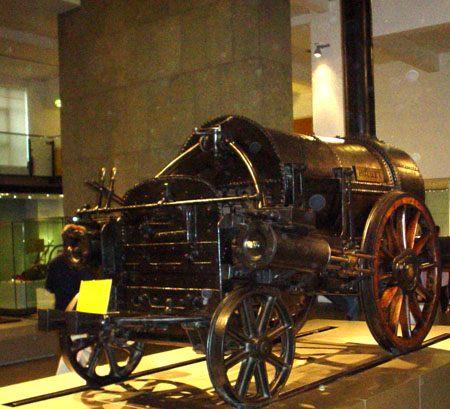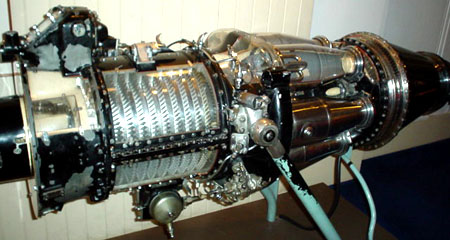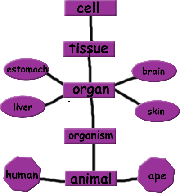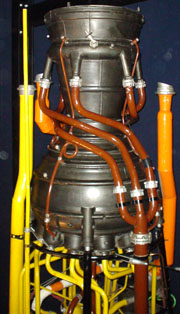Energy
 Energy Concept map - see it in full size and clickable
Energy Concept map - see it in full size and clickable
It is tricky to explain what energy is. However, we don't need to do that. The important thing is to know what it does: energy is something that can assume different forms: electrical, mechanical,chemical etc... Each form can be converted into another, by different chemical and physical processes.
Energy can never be created or destroyed: it can only be transformed between its different forms! This describes one of the most solid principles of physics: the principle of conservation of energy!
NOTE: in principle all forms of energy can be converted into another, but some conversions may be difficult to carry out.
For instance, it is easy to convert chemical energy, stored in the form of wood, into heat energy and light energy. You just have to burn the wood !
To do the opposite, to transform light energy into chemical energy ,is a more elaborate process. Plants can do that, and it is called photosynthesis.
To transform heat energy into kinetic energy (movement) is not easy. Engines must be built for this purpose,like for instance the steam engine, the diesel engine, jet engines and also rocket engines. Engines transform chemical energy from the fuels into heat and then heat energy into movement (kinetic energy).

Steam locomotive "The Rocket", at the Science Museum, London, where heat generated from burning coal is transferred in to kinetic energy
Othe examples of energy conversions (or transformations):
The chemical energy of petrol is transformed into kinetic (movement) energy of the car.
The chemical energy of food is transformed into thermal (heat) and kinetic energy of your body.
Thermal energy from the Sun (which originates from nuclear energy) is transferred to the earth by radiation.
Energy is measured in joules (J).
However, there are some exceptions:
1)energy content of foods is sometimes measured in kcal (kilocalories) or simply Cal (Cal-with capital c means kcal) which is used in the context of sports, food and nutrition.
2)electrical energy (for electricity bill purposes and also examinations) is measured in kWh (kilowatt hour).

Jet engine at the Science Museum, London.




